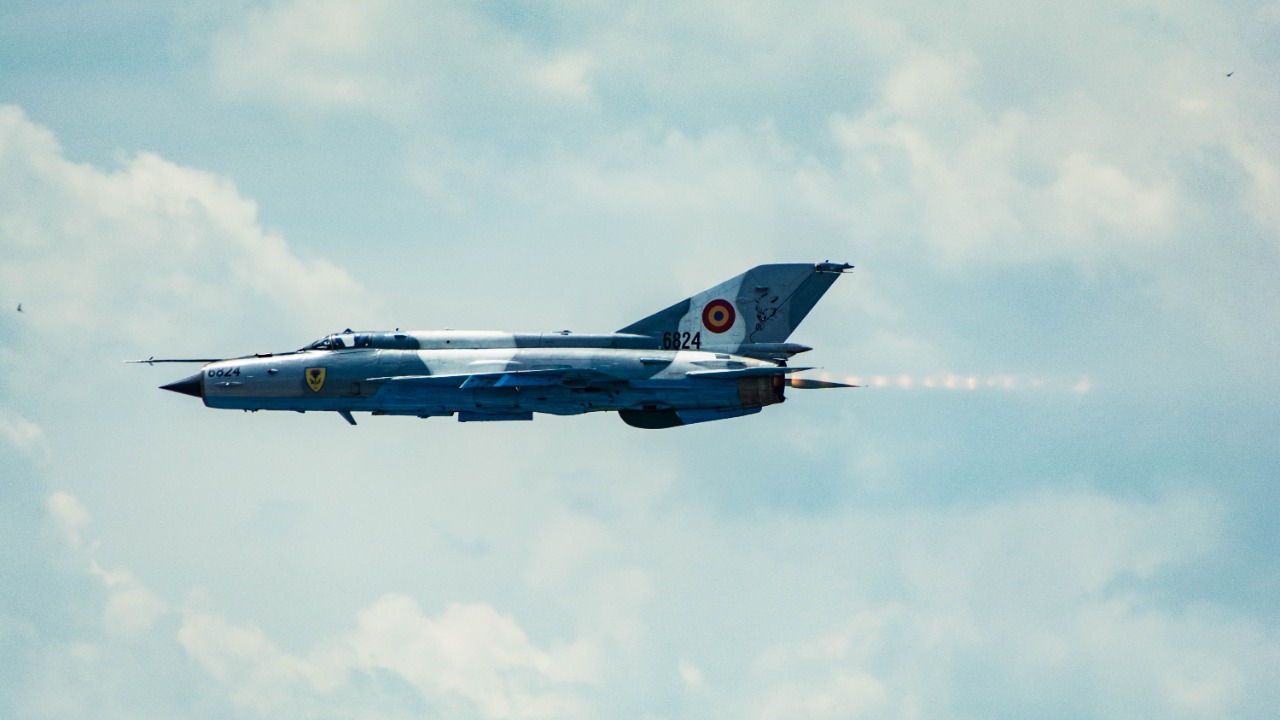
Aging fighter jets remain a formidable force in modern warfare, thanks to strategic upgrades and technological advancements. These enhancements not only extend the lifespan of these aircraft but also ensure they maintain their competitive edge against newer models. Vintage jets continue to be a lethal presence in the skies.
The Evolution of Fighter Jet Technology

Fighter jet technology has undergone significant transformations since the early days of aviation. Initial jets were primarily designed for speed and basic maneuverability, with limited electronic and combat capabilities. As warfare demands evolved, so did the technological necessities of these aircraft. From the introduction of jet propulsion in the mid-20th century to sophisticated avionics systems today, advancements have consistently redefined what these machines can achieve in combat scenarios.
Technological innovation plays a crucial role in transforming old jets into advanced combat machines. The integration of cutting-edge technologies like radar-evading stealth capabilities and precision-guided munitions has kept aging jets relevant. Key milestones, such as the shift from analog to digital avionics and the adoption of composite materials, have set the standard for modernization. These developments ensure that even older models can compete effectively with their more advanced counterparts.
Key Components of Jet Upgrades
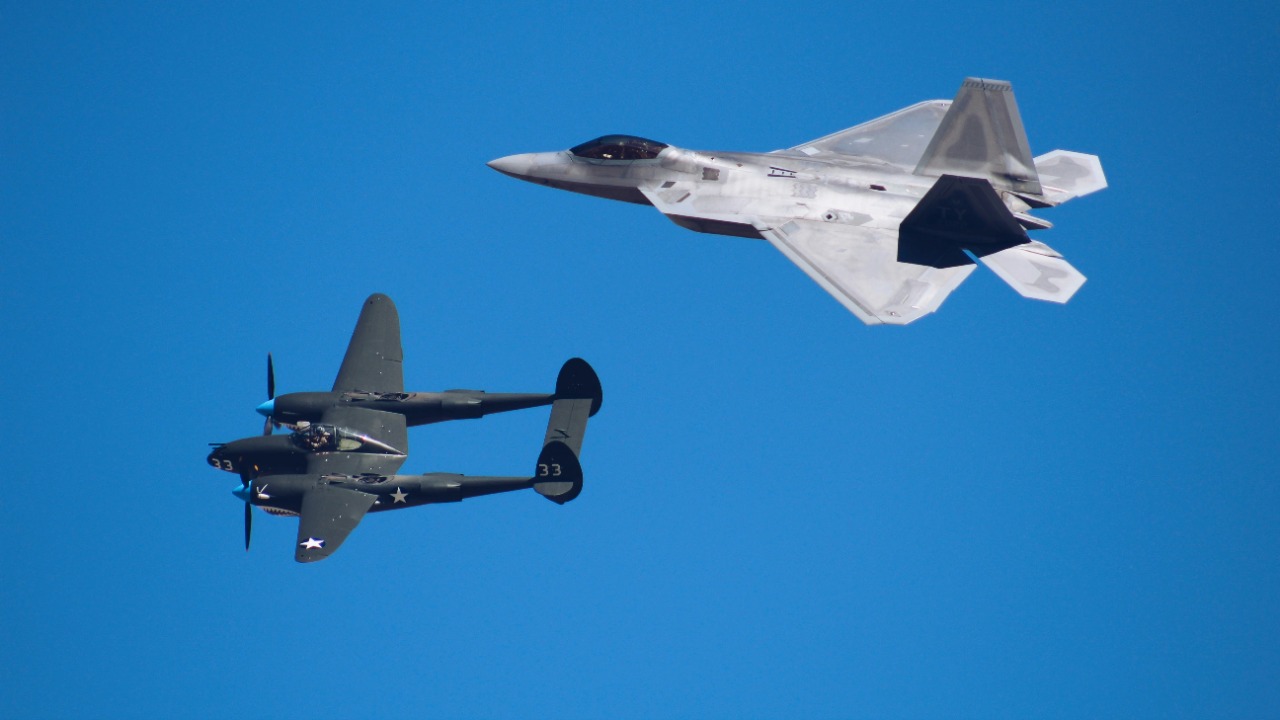
The modernization of fighter jets often begins with upgrades to their avionics and electronic systems. Modern sensors and computer systems dramatically enhance a jet’s combat effectiveness by providing pilots with real-time data and situational awareness. Advanced communication systems ensure seamless coordination with ground forces and other aircraft, making these jets integral to modern military operations.
Engine improvements are another critical component of jet upgrades. Enhancing power and fuel efficiency not only optimizes performance but also extends the operational range of these aircraft. This translates into enhanced strategic capabilities, allowing jets to engage in missions that were previously out of reach. Structural modifications also play a vital role, as reinforcing airframes and using lightweight materials improve maneuverability and durability, allowing these aircraft to withstand the rigors of modern combat.
The Strategic Importance of Upgrading Older Jets
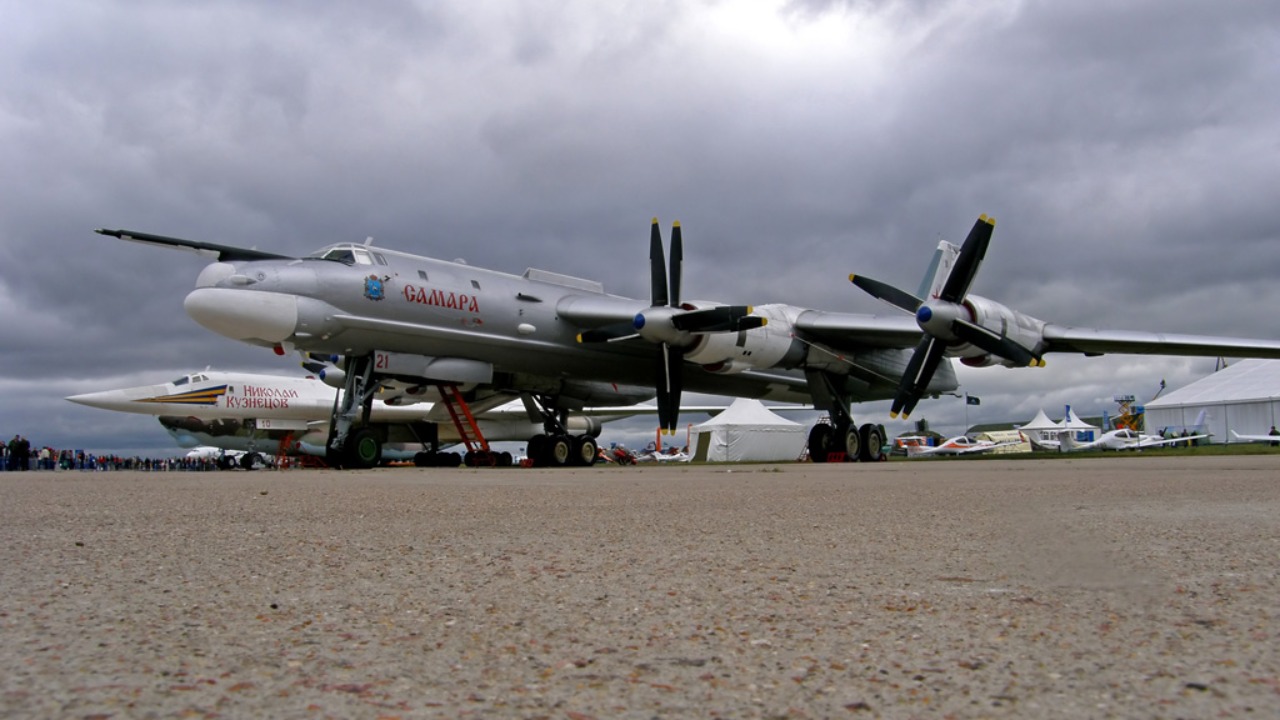
Upgrading existing jets offers significant cost-effectiveness compared to developing new models. The financial benefits of keeping older jets in service through upgrades can be substantial, as it often costs less to retrofit existing airframes with new technologies than to design and produce entirely new aircraft. This strategy allows military forces to allocate resources more efficiently while maintaining a powerful aerial presence.
Upgraded jets provide tactical flexibility, offering versatility in various combat scenarios. Whether it’s air-to-air combat, ground support, or reconnaissance, these jets can adapt to different missions with ease. The ability to extend the operational life of aging aircraft through strategic upgrades ensures that they remain a valuable asset to military forces around the world, bridging the gap between older and newer generations of fighter jets.
Challenges in Modernizing Old Aircraft
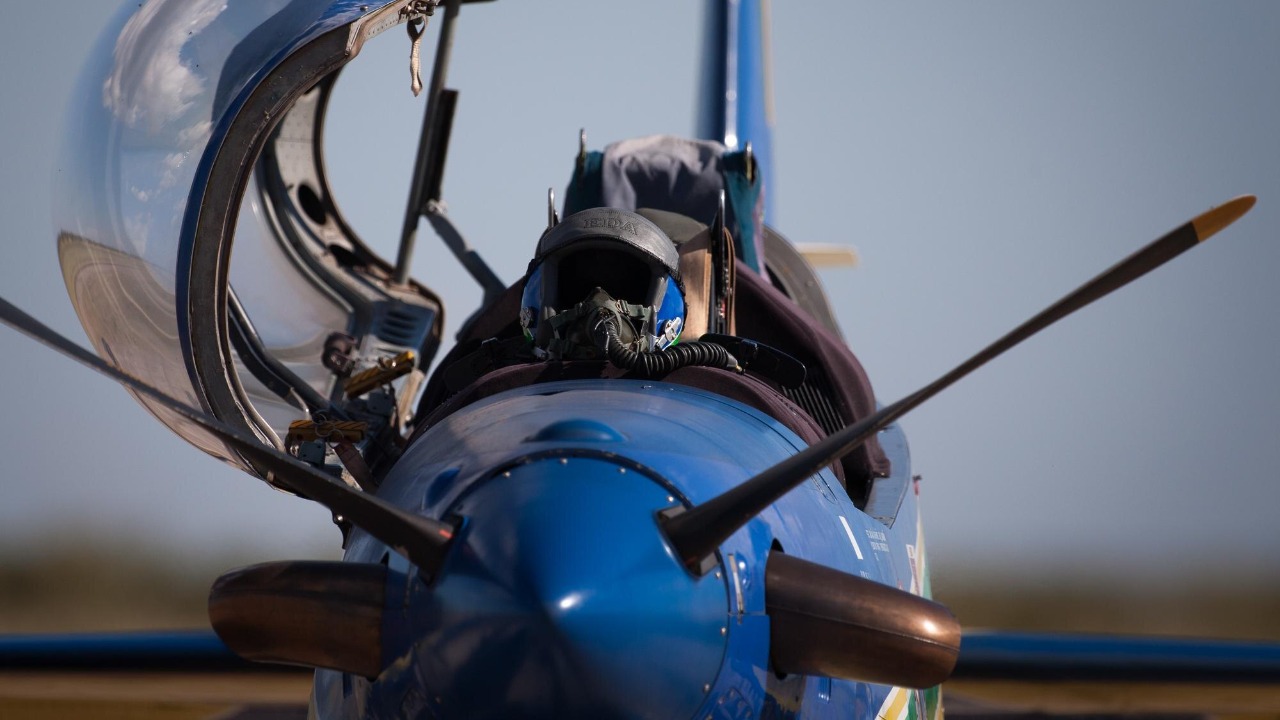
Modernizing old aircraft is not without its challenges. One significant hurdle is addressing compatibility issues between old and new technologies. Ensuring that modern systems can be seamlessly integrated into the existing framework of vintage jets requires careful planning and engineering expertise. Balancing upgrades with the original design limits is essential to maintain the structural integrity of these aircraft, as pushing beyond these limits can compromise safety and performance.
Training and adaptation also pose challenges, as pilots and maintenance crews must be equipped to handle upgraded systems. This often involves comprehensive retraining programs to familiarize personnel with new technologies and procedures, ensuring that they can operate and maintain these modernized jets effectively. Overcoming these challenges is crucial to maximizing the benefits of jet upgrades while minimizing potential risks.
Case Studies: Successful Jet Upgrades
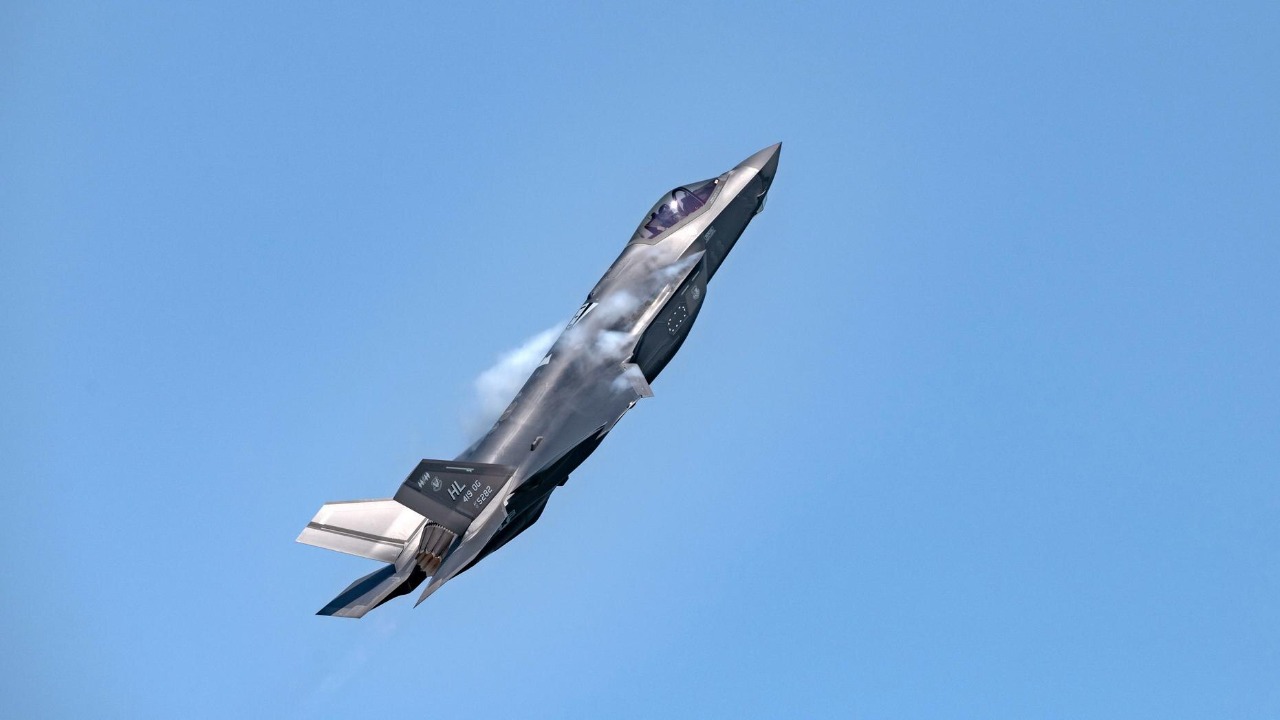
Numerous examples of successful jet upgrades highlight their positive impact on military operations. For instance, certain vintage fighter jets have undergone significant overhauls, including modern avionics suites, upgraded weapon systems, and enhanced engines. These improvements have allowed them to remain competitive and effective in modern combat scenarios.
Insights from military experts and engineers underscore the effectiveness of these upgrades. They emphasize the importance of strategic planning and technical precision in executing upgrade programs. Lessons learned from past upgrade efforts inform future aircraft modernization initiatives, ensuring that military forces can continue to rely on these formidable machines for years to come.